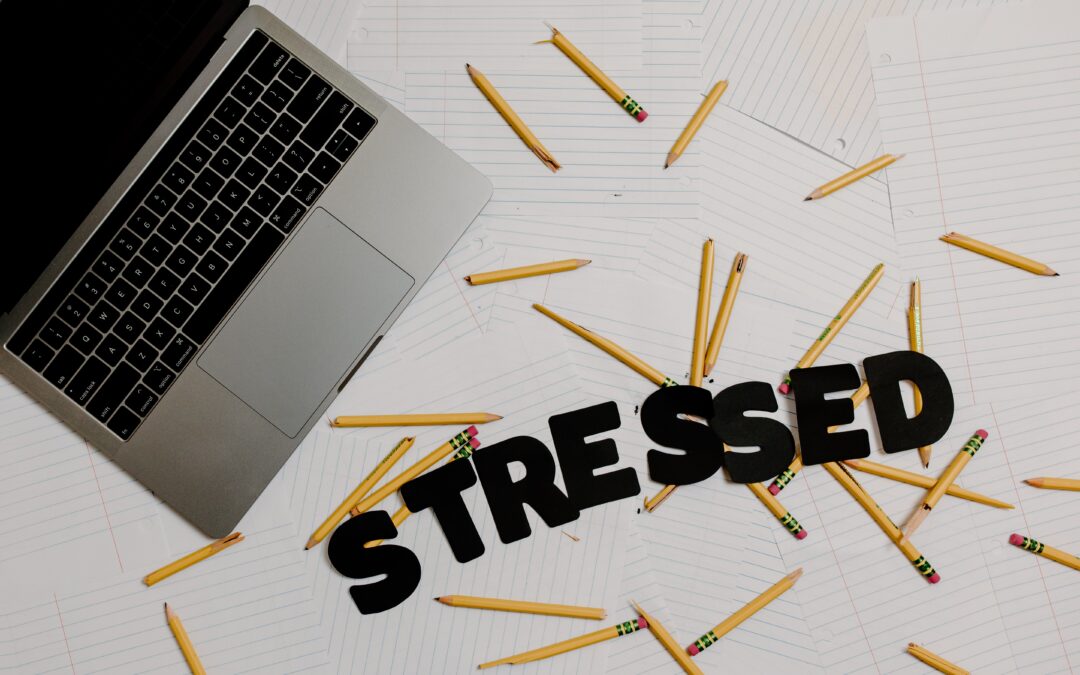Understanding The Metrics
Customer retention is critical — particularly for B2B companies. But unfortunately, building a sound customer retention strategy isn’t a high priority for many businesses.
While it is important to understand the number of customers that leave in a given period of time, it is equally important to understand the impact of these customers on your income.
Retention and churn rates can help you understand why the customers are leaving you and how to make appropriate adjustments in order to keep them happy enough to stay.
So I thought I would put together a few metrics you should really take notice of with your business.
Revenue Churn Rate refers to the percentage of revenue your business loses from its existing customers over a given period of time.
Gross revenue retention (GRR) is the amount of recurring revenue in a given period of time that is lost due to fluctuations in exchange rate, downselling or selling a cheaper product than the one you intended to sell to the customer.
As already mentioned, the churn rate is a measure of how many percent of your customers no longer do business with you over a certain period of time.
The simplest measure of customer loyalty is your company’s customer churn rate, Click here for your Free Calculator which refers to the rate at which customers stop doing business with you.
Your loyalty rate is the opposite of your churn rate and measures how many of your customers go into a competitor or stop buying within the same period.
Customer loyalty rates measure the number of customers a company holds over a given period of time.
Retention metrics are useful for companies with subscription-based customers, but not as relevant for companies with longer customer lifecycles, such as car dealerships. SaaS (software as a service) retention is a key metric that measures the percentage of customers that you retain over a period of time and shows current and future revenues.
Repeat Buyer Rate is the percentage of customers who have been with the company or company since their first purchase. To calculate your repeat rate, divide the number of customers who made multiple purchases over a period of time (the total number of customers in this period) and multiply by 100 to get a percentage number. This is the percentage of your customer base that has made more than one purchase.
Loyal Customer Rate measures the number of customers who repeatedly shop with you within a certain period of time. It can be calculated by dividing the number of regular customers by the total number of customers.
Developing a STOP THE CHURN Strategy
With this knowledge, it is easy to design retention strategies that increase customers “desire to purchase and maximize sales. It’s estimated that a mere 5 percent increase in customer loyalty can lead to a 25-95 percent increase in sales, thus customer loyalty is an invaluable metric which also happens to be a useful measure of customer loyalty.
It’s a good idea to evaluate your switching rate (the rate at which a customer will change brand or products) semi-regularly to keep the pulse of how customers respond to your retention and marketing efforts. To be more effective,
I recommend calculating your RPP rate (Retention per product) for different purchases to better understand where your customer journey starts and ends. If you keep an eye on these metrics, you can estimate where customers are crashing on their journey and give you the opportunity to take preventive action.
This new metric, known as Customer Experience Score, focuses on customer experience of your product or service over a period of time and examines how you can add improvement to retain customers. Customer loyalty measurements give your company an insight into whether you are able to meet customer needs over time.
Monitoring retention ratios is critical for a company to understand the lifelong customer benefit and quantify the effectiveness of its marketing strategy and customer service programs. For example, your organization should look at customer loyalty metrics such as customer lifespan and churn rate. Customer loyalty measurements and how they are carried out: Look for important customer loyalty indicators such as customer service life, value and return on investment.
Remember that it is cheaper and more efficient to increase the turnover of existing customers than new acquisitions. The money, time and effort to attract new customers is wasted if you do not keep your existing customers.
Understanding the bond is important because it gives you an insight into how your customers think about renewing their business with you. The primary metrics for understanding customer loyalty are the loyalty rate and churn rate, these metrics can tell you everything you need to know about why customers return or go. Retention rates are an important measure of the success of your entire loyalty marketing strategy, but to get a full picture, you need to understand why your customers choose to return or not.
It is important that loyalty indicators show how satisfied customers with your product or service are and how willing they are to try out competitors in your market.
It is important to know how many loyal customers you have because part of your turnover is customer-oriented. Your performance is measured by the number of monthly recurring revenues (MRR) from new accounts and business opportunities and not by customer satisfaction. Return on sales gives you an idea of how healthy the loyalty strategy is that works.
John

YBR Marketing


 Red
Red 
















